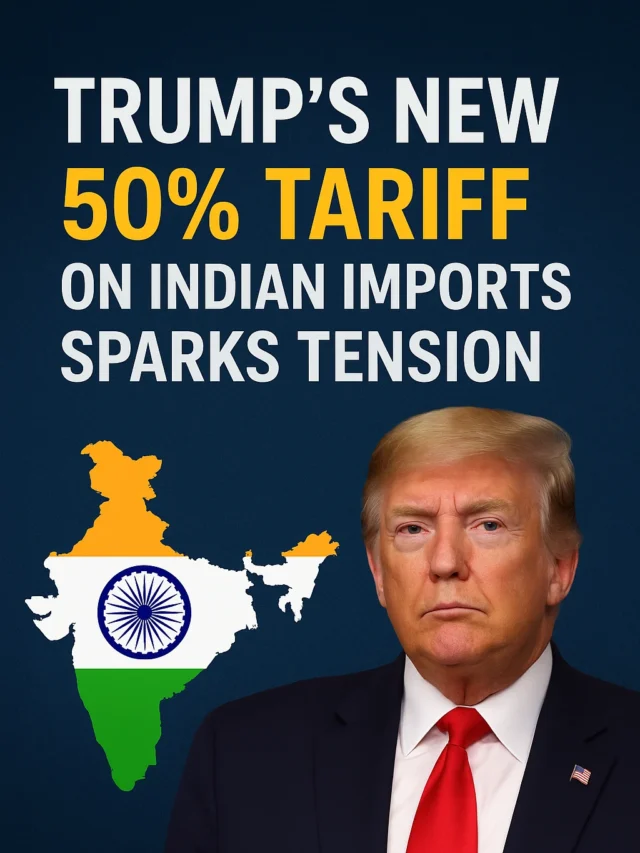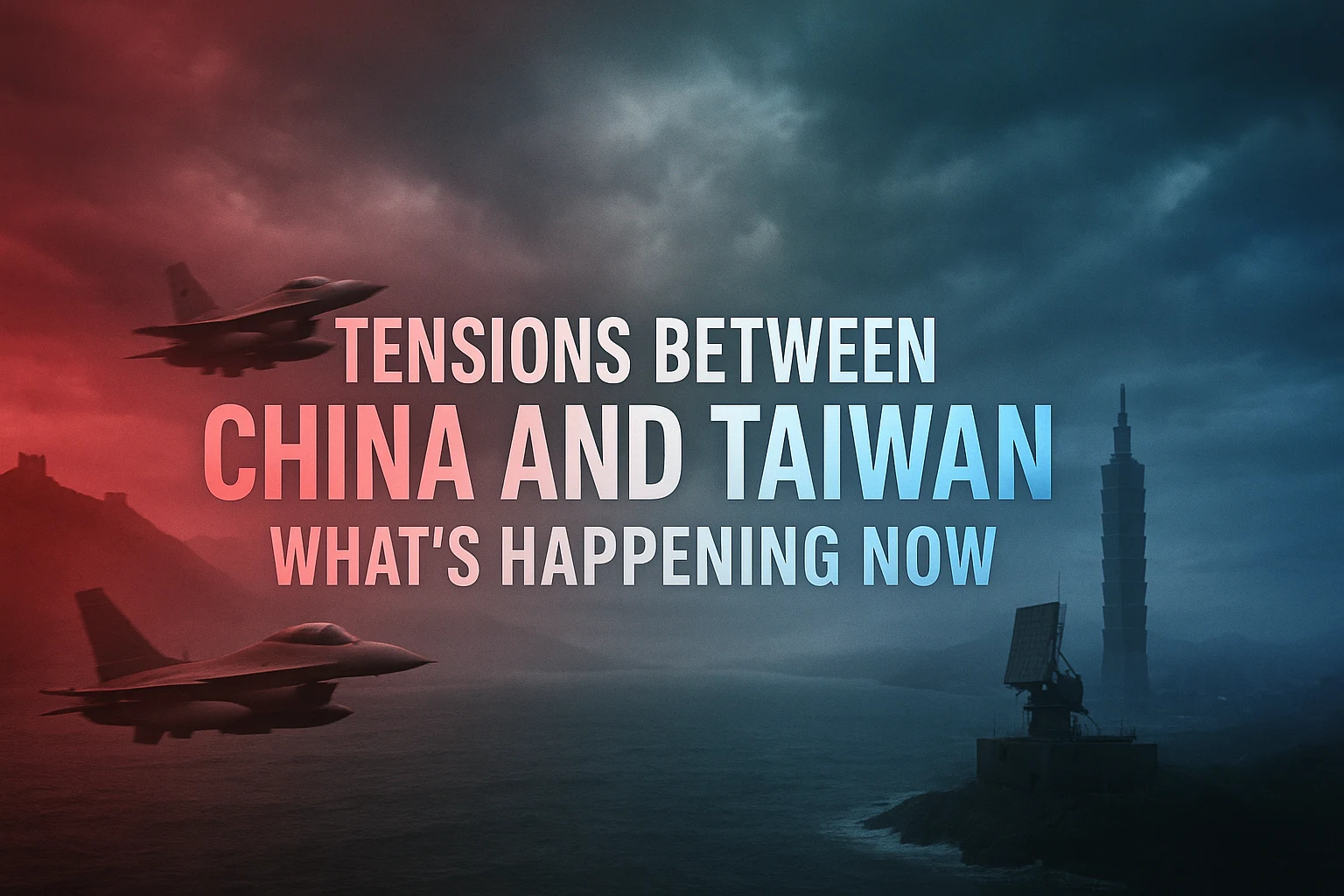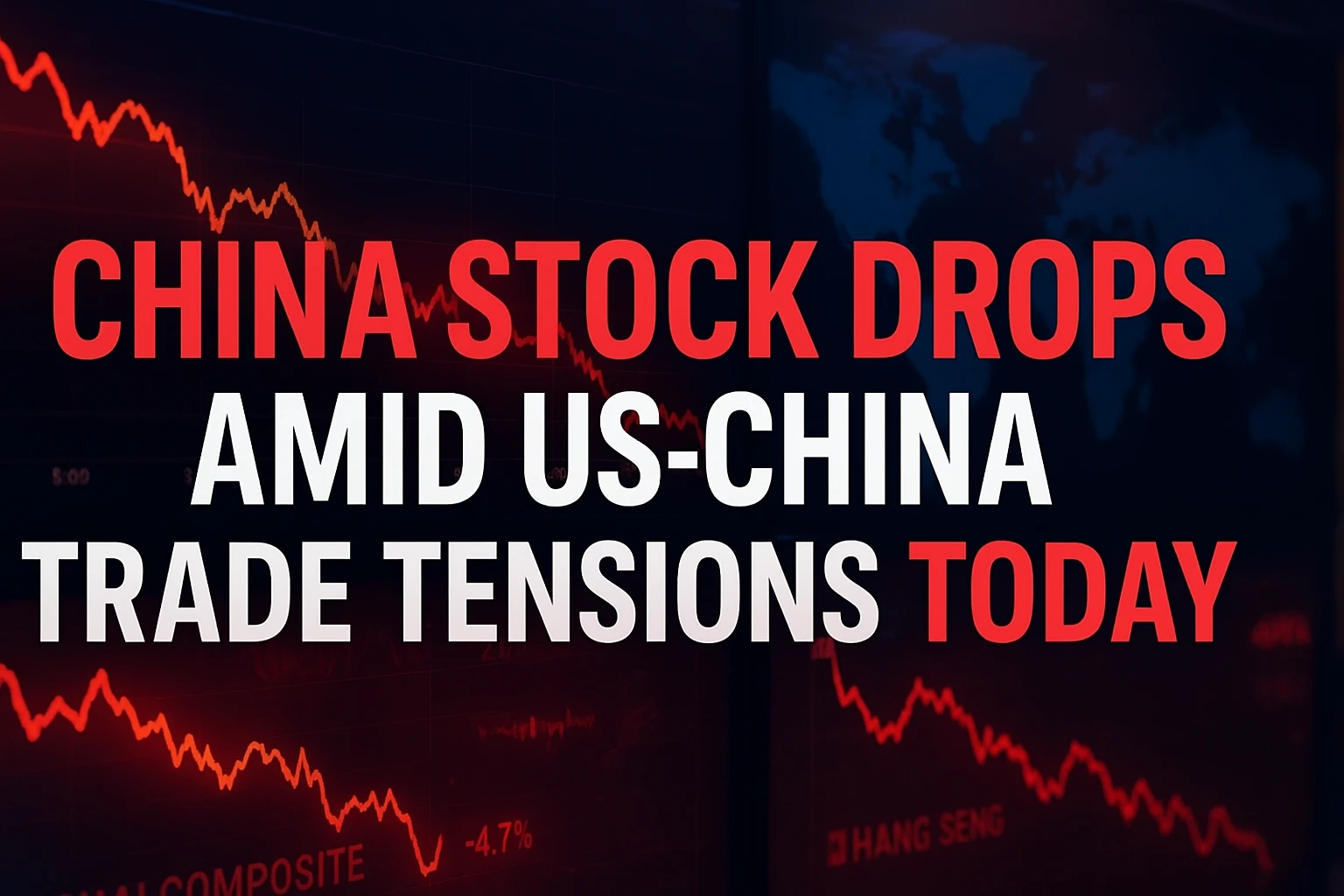Weakest Currencies!
The world economy is constantly changing, and currency prices fluctuate due to various economic, political, and social reasons. Some currencies are looking to weaken significantly in 2025, which will also impact international trade, investment, and travellers. Understanding these weak currencies can help investors, forex traders, and businesspeople make better decisions. Let’s look at the five weakest currencies in 2025 and the reasons behind their fall.
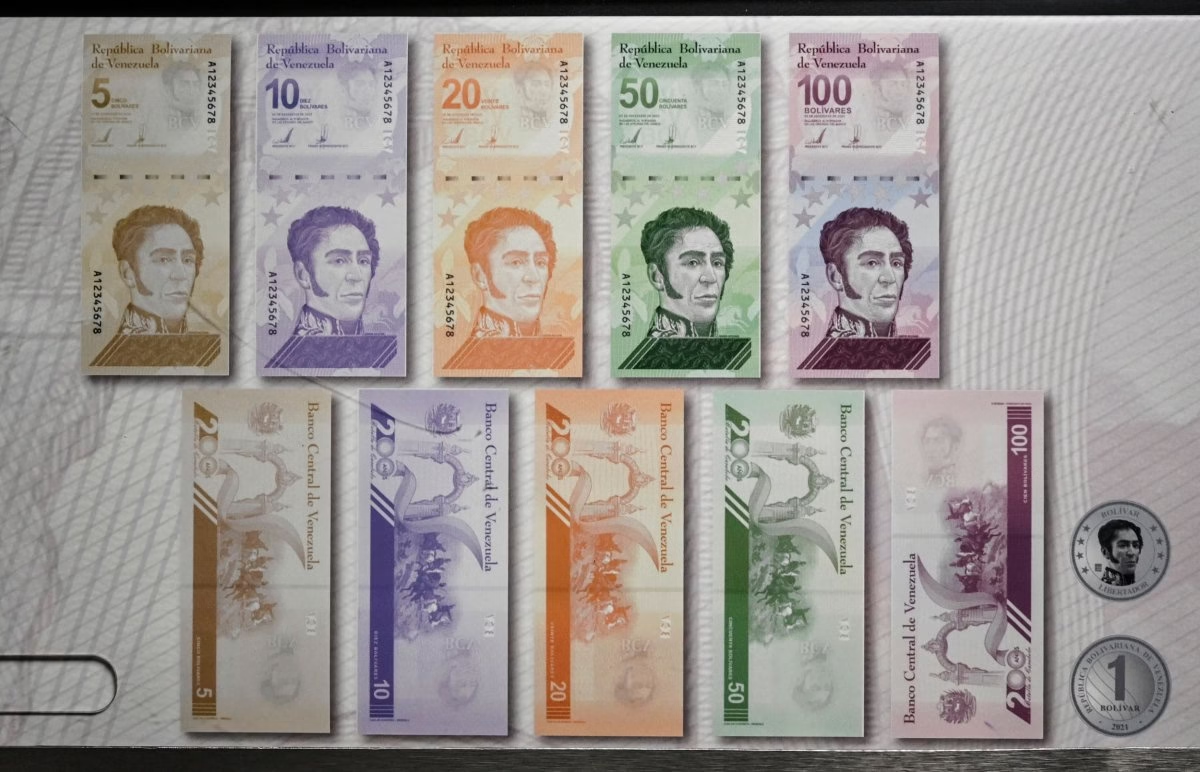
1. Venezuelan Bolívar (VES)
The Venezuelan Bolivar is currently ranked among the world's weakest currencies. High inflation, political instability, and declining oil revenues are causing its value to plummet. By 2025, the Bolivar's purchasing power will decline further, and ordinary Venezuelans will find it increasingly difficult to meet their daily expenses.
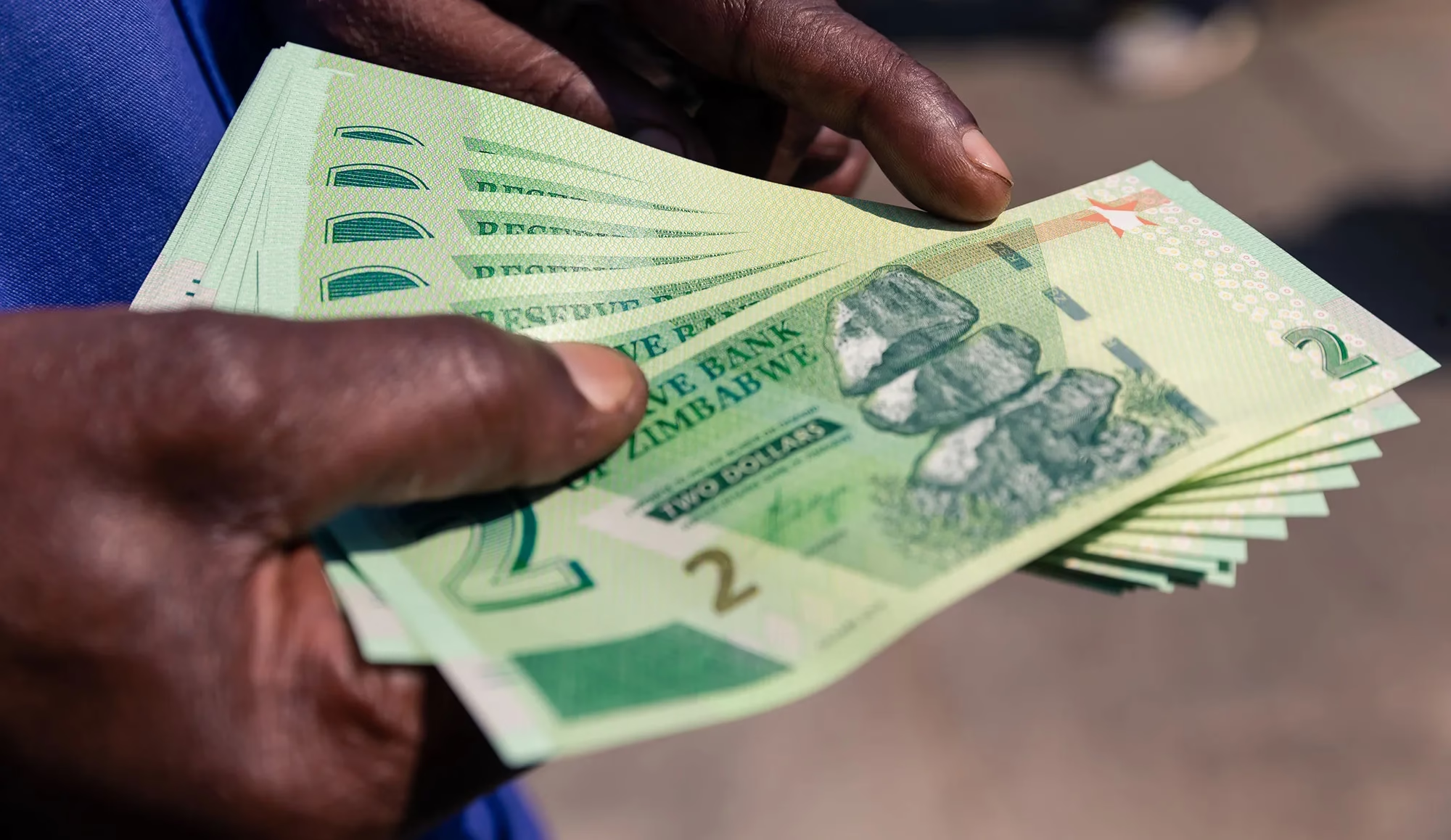
2. Zimbabwean Dollar (ZWL)
Zimbabwe's economy is still reeling from the effects of previous high inflation, and the Zimbabwean dollar is highly volatile. Low foreign exchange reserves, political uncertainty, and economic mismanagement have resulted in the currency being one of the weakest currencies in the world. This is why international investors are cautious about investing in Zimbabwe's financial markets.
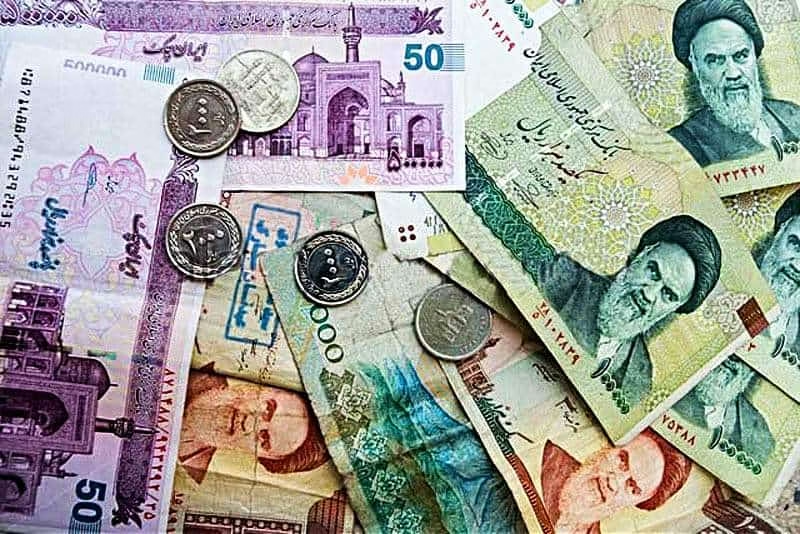
3. Iranian Rial (IRR)
Iran's economy has been hit hard by sanctions and restricted trade. The Iranian rial is struggling due to low oil exports, rising inflation and tight currency controls. In 2025, the IRR's fall will make imports more expensive, making everyday items even more expensive and slowing economic growth.
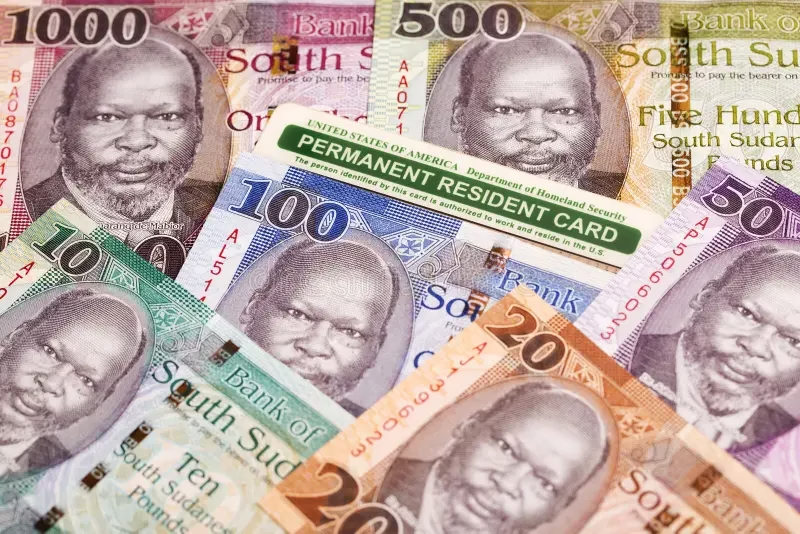
4. Sudanese Pound (SDG)
Sudan is currently struggling with political turmoil and economic difficulties, causing the Sudanese pound to continue falling. Rising inflation, budget deficits and lack of foreign investment have made it one of the weakest currencies in 2025. For international businesses, currency volatility remains a major concern when transacting with Sudan.
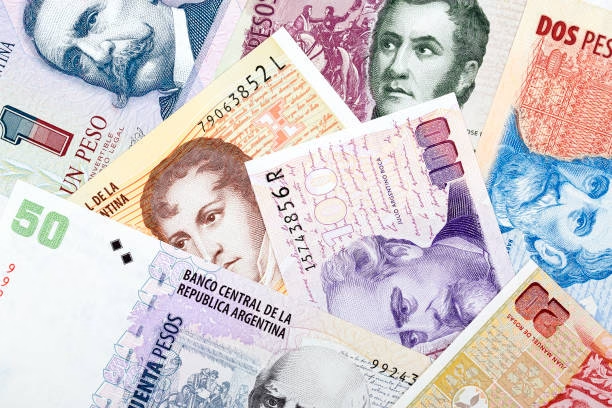
5. Argentine Peso (ARS)
Argentina has been graduating from the Academy of Personnel and Currency for a long time. Increased debt, pressure to stabilize infrastructure and frequent budget deficits have made it even slower in 2025. Even though the government has tried to stabilize the industry, the Argentine Peso still remains quite uneasy for people and students.
Images on this site are collected from various websites for informational purposes. We do not claim ownership. If you are the original owner and would like your image credited or removed, please feel free to contact us: (contact@usatickr.com)
Conclusion
The picture of the world in 2025 shows how difficult it has become for many countries to keep their currencies stable. Whether it is high inflation or political instability, the reasons behind the decline of the weakest currencies are complex and varied. It is important for investors, forex traders and businesses to know what currency trends are so that they can reduce risk and make the right decisions in international markets.





